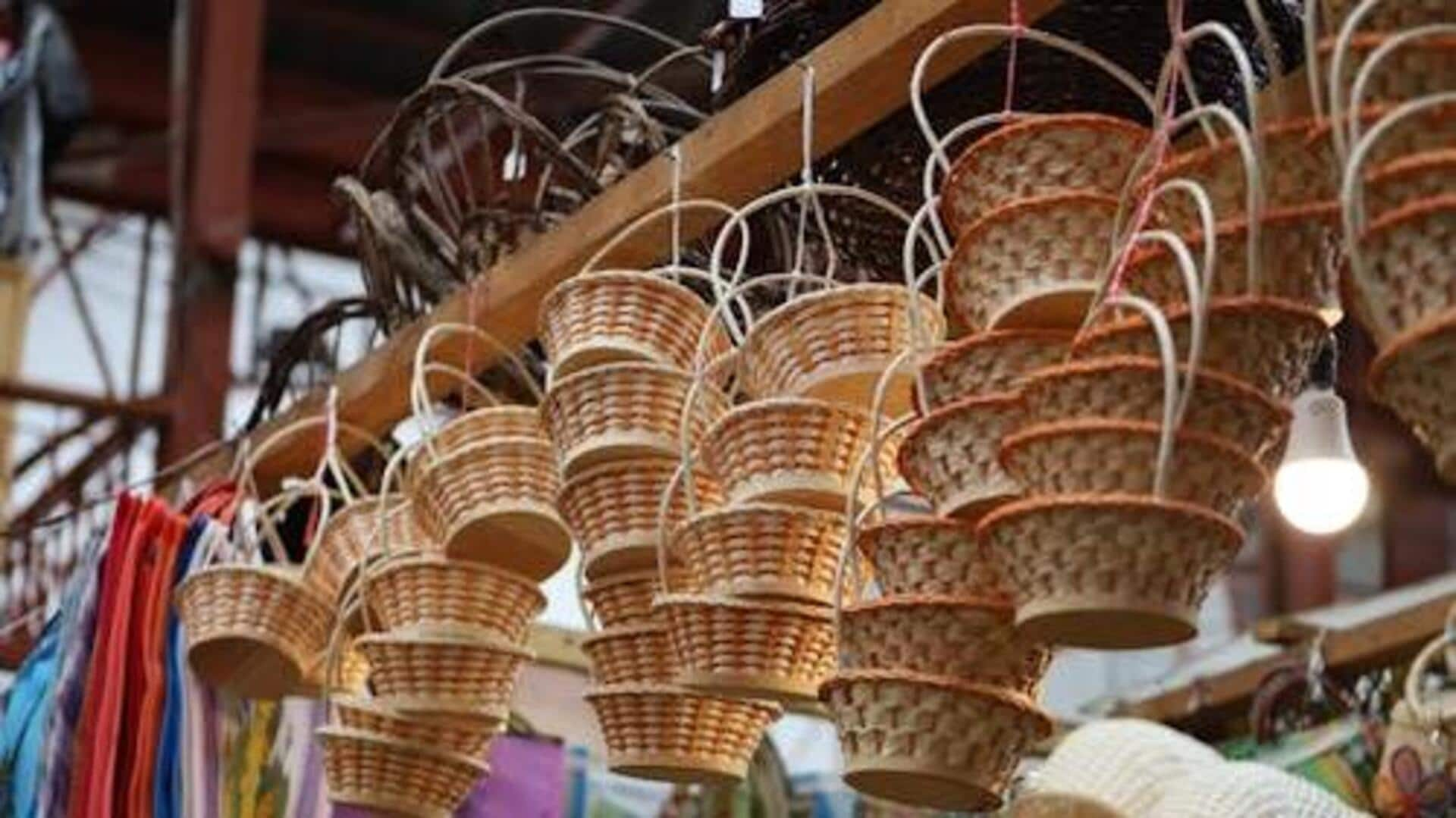
For craft lovers: These local markets are worth exploring
What's the story
Africa is a continent rich in culture and history, and its traditional crafts are a testament to this heritage. From intricate beadwork to beautifully woven textiles, African crafts offer a glimpse into the diverse cultures that inhabit the continent. For those looking to explore these crafts, Africa's bustling markets provide an authentic experience. Here are some key insights into finding traditional African crafts in local markets.
#1
Exploring Maasai markets in Kenya
The Maasai markets in Kenya are famous for their colorful crafts, from beadwork to wood carvings. These markets are usually held on specific days of the week in different towns. Tourists can find unique souvenirs while supporting local artisans. Haggling is common, so be prepared to negotiate prices. The markets also provide an opportunity to interact with local communities and learn about their traditions.
#2
Crafting techniques of West Africa
West Africa is famous for its unique crafting techniques, like kente weaving from Ghana and mud cloth from Mali. These crafts are usually available at local artisans' workshops or community markets. Visitors can witness the crafting process firsthand and even try their hand at it under expert guidance. Buying directly from artisans ensures fair compensation and helps keep traditional techniques alive.
#3
South African craft routes
South Africa has several craft routes that take you through regions famous for their unique crafts, from pottery in the Eastern Cape to basket weaving in KwaZulu-Natal. These routes give you a chance to visit multiple workshops and learn about the various stages of production. Guided tours often include demonstrations by skilled artisans, giving you a deeper understanding of South Africa's diverse craft heritage.
Tip 1
Tips for buying authentic African crafts
When buying African crafts, authenticity is key. Look for items made by local artisans rather than mass-produced souvenirs aimed at tourists. Ask questions about the materials used and the techniques employed in making the craft item. This not only guarantees authenticity but also gives you an opportunity to appreciate the skill involved in making each piece.